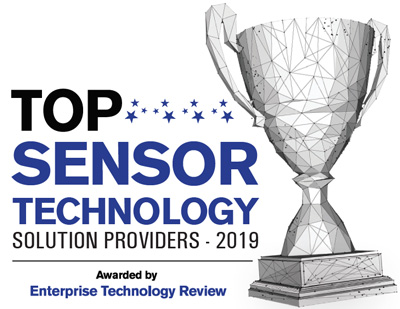
How Incorporating Perception Software Helps Sensors in Autonomous Vehicles?
Enterprise Technology Review | Thursday, June 18, 2020

Automakers are seeing the opportunity of autonomous vehicles leveraging perception technology in the future. It paves the way for the technology companies to provide software-definable and modular hardware platforms to support this automotive industry trend.
FREMONT, CA: Autonomous driving is a rapidly advancing technology. Currently, several people believe that autonomous cars will ensure a better future with enhanced safety on the roads, minimized infrastructure costs, and improved mobility for children, and the disabled all alike. At the other point, many people are afraid of automotive hacking incidents, the risks of fatal crashes, along with loss of jobs related to driving.
Autonomous vehicles would be impossible without sensors that are they allow the car to sense everything on the road to collecting information needed to drive safely. The data is analyzed and processed to build a path to send instructions to the controls of the car.
 Artificial perception firm AEye designed the world's first commercially available 2D/3D perception system to run in the sensors of autonomous vehicles. The systems enable the autonomous vehicle’s designers to search and detect objects and help to gain, classify, and track objects gradually.
Artificial perception firm AEye designed the world's first commercially available 2D/3D perception system to run in the sensors of autonomous vehicles. The systems enable the autonomous vehicle’s designers to search and detect objects and help to gain, classify, and track objects gradually.
This in-sensor perception system is intended to speed up the availability of autonomous features in vehicles across the Society of Autonomous Engineers(SAE) levels of human engagement. It permits the automakers to enable the right amount of autonomy for any desired use case, thus providing autonomy on demand for advanced driver assisted systems, mobility, and adjacent markets.
This novel approach solves one of the most difficult challenges for the autonomous industry as it seeks to deliver perception at acceleration and range, enhancing the reliability of detection and classification, while extending the scale at which objects can be detected, classified and tracked. The sooner an object can be organized, and its trajectory accurately forecasted, the more time the vehicle has to brake, steer, or accelerate to avoid collisions.
See also: Top Connected Car Solution Companies
Read Also









